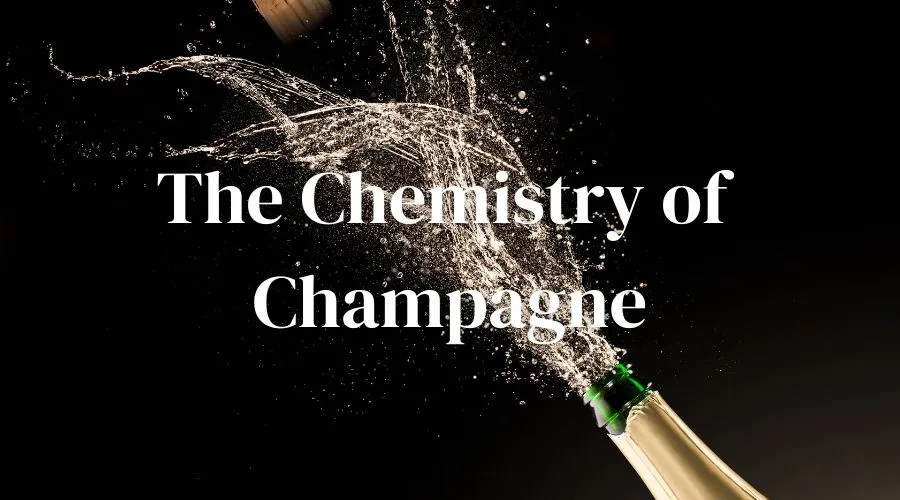
Chemistry of Champagne
Summary
About the speaker
Timestamps
John Manley's Background (00:01)
John shares his extensive career in chemistry, AI, and cloud computing, returning to wine chemistry.
Overview of Champagne Research (00:01)
John discusses the depth of champagne research and the misconceptions surrounding it.
The Origins of Champagne (00:02)
Explores the historical context of champagne's development and early observations on fermentation.
Champagne's Appellation Rules (00:05)
Details the regulations governing grape varieties used in champagne production.
Introduction of New Grape Varieties (00:06)
Discusses the approval of a fungus-resistant grape variety and its significance.
Making Pink Champagne (00:08)
Explains the two methods of producing rosé champagne and historical practices.
Impact of Climate Change on Champagne (00:10)
Analyzes how climate change affects grape ripening and harvest timing.
Harvesting Grapes for Champagne (00:11)
Describes the grape harvesting process and its timing influenced by climate change.
Juice Extraction and Chapterisation (00:12)
Covers the extraction of juice from grapes and the addition of sugar for fermentation.
First Fermentation Process (00:14)
Details the process of fermentation, producing base wine with specific alcohol content.
Malolactic Fermentation Explained (00:15)
Clarifies the process of malolactic fermentation and its effects on wine acidity.
Aging Base Wines (00:17)
Discusses the aging process of base wines and the use of different containers.
Blending Base Wines (00:20)
Explains the assemblage process of blending different base wines for consistency.
Fining and Filtering Wines (00:21)
Describes the fining process to clarify wines, balancing clarity with flavour.
Bottling for Secondary Fermentation (00:23)
Covers the bottling process, including the addition of sugar and yeast for carbonation.
Secondary Fermentation Process (00:24)
Details the fermentation in bottles, producing carbon dioxide and raising alcohol content.
Yeast Autolysis and Its Impact (00:26)
Discussion on the role of dead yeast cells in champagne's mouthfeel and aroma.
Riddling Process Explained (00:27)
Overview of the riddling stage to remove dead yeast cells from champagne bottles.
Disgorgement Techniques (00:29)
Methods for removing dead yeast cells, including manual and mechanical processes.
Liquid Dosage and Sugar Levels (00:30)
Explanation of the liquid dosage added to champagne and its impact on sweetness.
Corking Process and Equipment (00:32)
Description of the equipment used to cork champagne bottles and its importance.
Carbon Dioxide in Champagne (00:33)
Introduction to carbon dioxide's role and properties in champagne.
Understanding Acidity in Champagne (00:35)
Comparison of acidity levels in champagne versus other beverages.
Methods of Carbonation (00:36)
Different methods for incorporating carbon dioxide into champagne.
Physical Chemistry of Champagne (00:38)
Champagne as a laboratory for studying gas and liquid interactions.
Pressure and Carbon Dioxide Dynamics (00:39)
Discussion on the relationship between pressure and dissolved carbon dioxide in champagne.
Carbon Dioxide Release Upon Opening (00:41)
How carbon dioxide escapes when a champagne bottle is opened.
Bubbles in Champagne (00:43)
Exploration of the number of bubbles in a glass of champagne and expert insights.
Nucleation Points and Bubble Formation (00:47)
Investigation of where bubbles form in champagne and factors affecting it.
Aromas and Flavors in Champagne (00:50)
Overview of the various aromas and flavors derived from different stages of champagne production.
Chemicals in Wine (00:51)
Discussion on the chemical compounds responsible for specific flavors in wine.
Yeast and Aging on Lees (00:52)
Explanation of how yeast breakdown contributes to aroma and taste in champagne.
Synthesis of Flavour Compounds (00:53)
Overview of the synthetic pathways for flavor compounds in champagne.
Opening Champagne Bottles (00:55)
Details on the pressure in champagne bottles and safe opening methods.
Health Benefits of Champagne (00:58)
Mention of potential health benefits associated with moderate champagne consumption.
Allergens in Wine Production (01:00)
Discussion on allergens in wine and labeling practices for consumer safety.
Researching Champagne Varieties (01:02)
Insights on the challenges of finding comprehensive information on champagne production.
Freezing Point of Brine (01:03)
Exploration of whether adding salts can lower the freezing point of brine.
Myths About Champagne (01:05)
Debunking myths related to champagne storage and serving techniques.
Safety When Opening Champagne (01:07)
Advice on whether to remove the cage from the cork for safety reasons.


